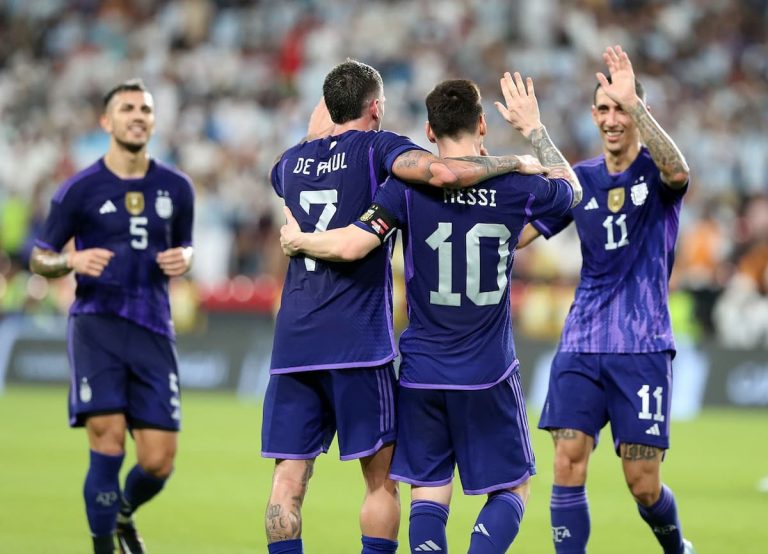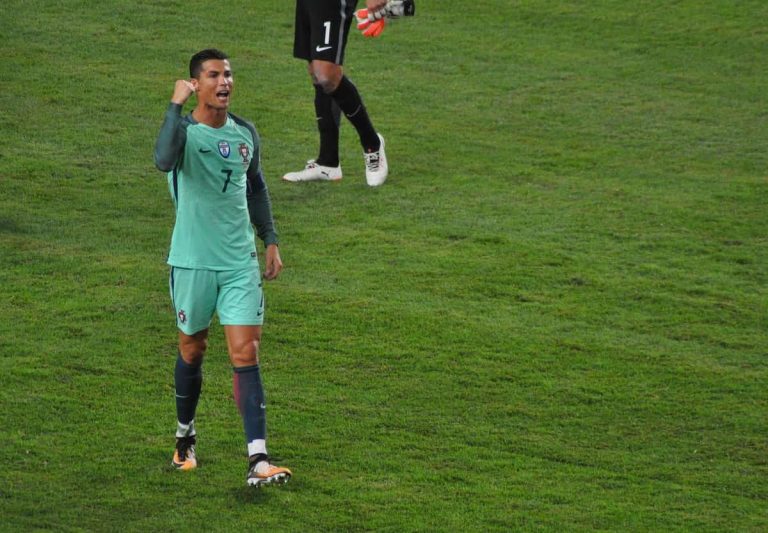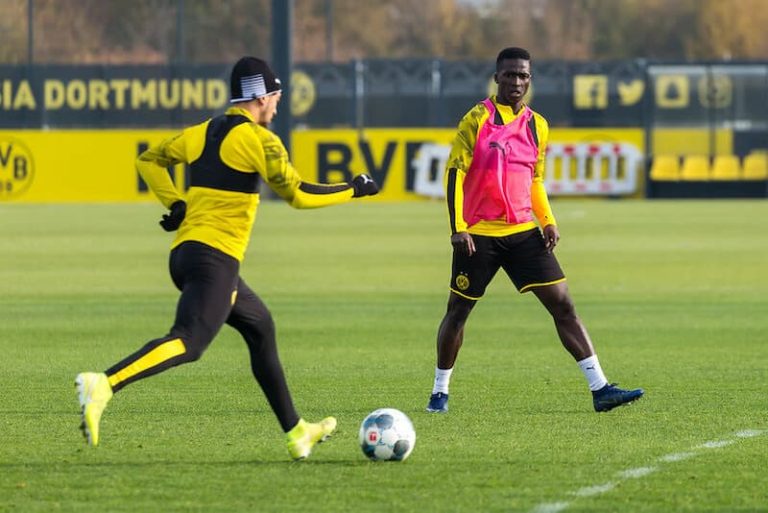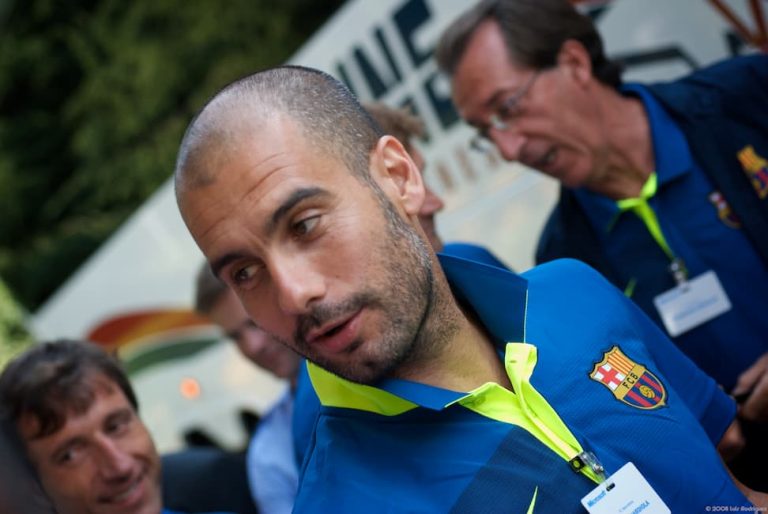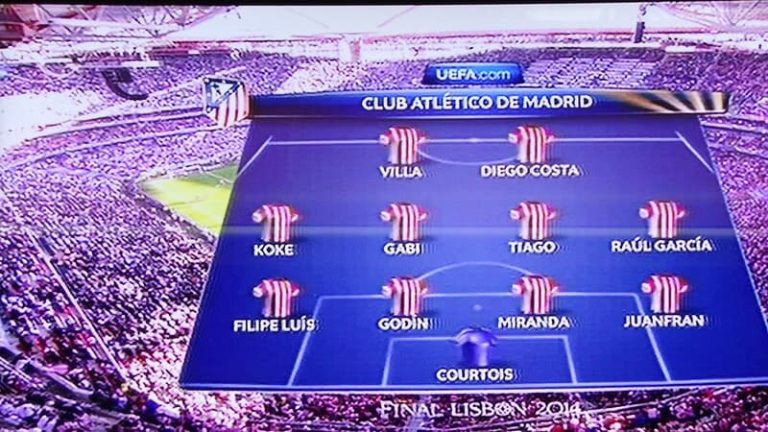Why Were Hungary So Good at Football?

Table of Contents
Who Were the Mighty Magyars?
Hungary’s Mighty Magyars, sometimes known as the “Magnificent Magyars” or the “Magical Magyars”, were one of the best international football teams to exist. Between the years 1950 and 1956, the Magyars won 58 matches, drew 10 and loss once, losing to West Germany in the final of the 1954 World Cup.
The History of the Hungarian National Football Team
Early Years (1901–1939)
The Hungarian Football Federation was founded in 1901 and the Hungarian national team first competed in a major tournament in 1912 at the Stockholm Olympic Football Tournament. They were eliminated by winners Great Britain in the quarter-final, losing 7-0.
Hungary’s first World Cup appearance was at the 1934 Italian World Cup. They bowed out in the quarter-finals after losing 2-1 against their rivals Austria. Their fortunes turned four years later at the 1938 France World Cup, where they reached the final. Unfortunately, Hungary lost 4-2 to reigning champions Italy in the final, however this was significant progress for the country.
Following the 1938 World Cup, World War II put a long pause on sporting events across the globe, including football. After the war had finished, and the resumption of football had begun, Hungary came out on top, producing arguably the most impressive international football team in the history of the game.
The ‘Magical Magyars’ had arrived.
The Magical Magyars Era (1950–1956)
Managed by Gustáv Sebes, the Magical Magyars fielded a star-studded line-up including Ferenc Puskás, Sándor Kocsis, József Bozsik and Nándor Hidegkuti. Their impressive, intuitive style of play led them to record 43 wins, 6 draws and just one loss in four years.
Unfortunately, the one loss came at a crucial time. The Mighty Magyars lost 3-2 in the 1954 Switzerland World Cup against West Germany. They let their lead slip, after finding themselves 2-0 up after just 8 minutes.
The Hungarian Revolution (1956 Onwards)
By 1956, the Magical Magyars had lost a second match, and it was around this time when the Hungarian Revolution began. The national team lost lots of its best players because of the revolution, including Puskás, Kocsis and Czibor.
Puskás was playing in the European Cup for his club side, Budapest Honvéd FC, when the revolution began. He refused to return to his homeland after soviet troops had started to occupy the land, meaning that his international career came to an end.
Although Hungary lost some of their best players due to the revolution, they still remained a respectable international side until the 1980s. The communist government fell shortly after, meaning there was far less funding for Hungarian football. This led them into their worst historical period of football.
In the modern game, Hungary is a country with limited football funding and a population of 10 million people, and they tend to perform as you would expect based on these criteria.
Gustáv Sebes
The man responsible for the success of the Magical Magyars was Gustáv Sebes. The Hungarian football manager was employed as the Hungary national manager in 1949. Once in the job, Sebes started to shake things up.
In his first year, he completely changed the Hungary team, bringing in lots of new faces who would go on to dominate international football. He also implemented a 4-2-4 formation, which was unheard of at the time, encouraging three of his strikers to play fluidly, which meant they would change their positions regularly.
Those strikers were Ferenc Puskás, Sándor Kocsis and Nándor Hidegkuti. Puskás was the captain of the Hungarian “Golden Team” and claimed that “when we attacked, we all did it together, same as when defending”.
The style of football Sebes implemented with this Hungarian team inspired lots of future styles of play. For example, Sebes is credited for inspiring “Total Football”, a playing style that is most associated with Dutch manager Rinus Michels.
Why Were Hungary So Good at Football?
For a period of time during the 1950s, Hungary were the best side in world football due to various factors including their in game tactics, talent, preparation, mental approach and team chemistry. Guided by communist manager Gusztáv Sebes, the vision was created to go against capitalist, traditional football styles played in other countries, and it worked.
As Hungary was a country under communist rule, football was used as a propaganda tool. Hungary made sure that their best players were playing under the best manager on the international stage, as well as creating an elite league within the country.
Contrasting Formation and Tactics
Inspired by the first “Super Team”, the Austrian Wunderteam of the 1930s, Sebes gathered the best Hungarian football talents and taught them his philosophy. Every player was responsible for defensive efforts as well as participating in attacks. These features very much represented his communist values.
These tactics would work very well against traditional sides that lined up in a W-M formation. This formation focused on man marking, ensuring that players won their individual 1 on 1 duels. Other features included playing long passes, putting in corners, and an emphasis on winning any second balls.
The Mighty Magyars 4-2-4 formation highlighted player movement, keeping possession of the ball, moving together as a team up the field, and the ability to disrupt an opposition’s shape. This was a total contrast to the teams Hungary played against.
Training and Diet
Training and diet were other factors that helped Hungary become so good at football. Hungarian players were possibly some of the first footballers to be treated as pro athletes. This meant that they ate a special diet, trained more frequently and were better mentally prepared than their opponents.
Scouting System and Team Chemistry
Another reason why Hungary were so good at football was the emphasis of scouting Hungarian players. Using a pyramid system, the best Hungarian players that were scouted were sent to play for Budapest Honvéd FC.
Essentially, Honvéd was the feeder club for the Magical Magyars, meaning that the national side already had a strong team chemistry due to the club matches they were playing together. This gave them a strong advantage over other nations, whose players didn’t always play together at club level.
Generational Talents
As well as the above factors, it certainly helped Hungary having some of the best generational talents of that time. Ferenc Puskás’ goalscoring record speaks for itself, he scored 84 goals in 85 appearances for Hungary and 383 goals in 367 appearances for Honvéd.
The Hungarian Golden Team Key Players
Here is how the Hungary Magical Magyars would typically line up:
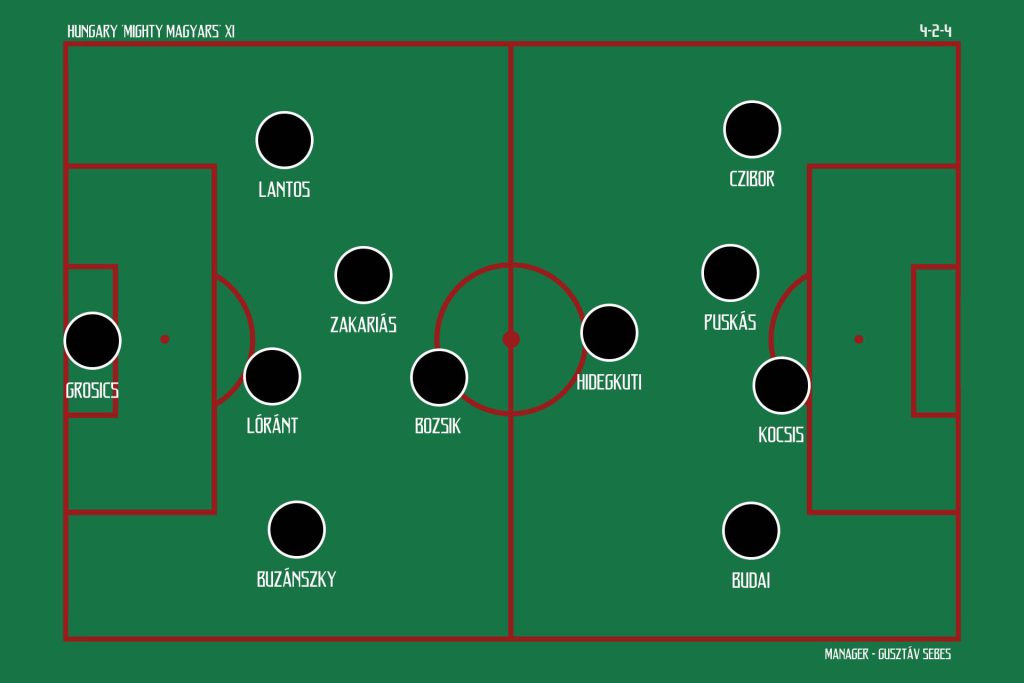
Mighty Magyars 4-2-4 formation (Source – The Elastico)
The core of the side was built around the following six key players – Ferenc Puskás, Sándor Kocsis, Nándor Hidegkuti, Zoltán Czibor, József Bozsik and Gyula Grosics.
Ferenc Puskás
Forward Ferenc Puskás is the most famous player from the Magical Magyars. The forward has the ‘Puskás Award’ named after him – this is awarded to the player that “scores the most aesthetically significant, or most beautiful, goal of the calendar year.”
He played for both Honvéd and Real Madrid, scoring 625 goals in 629 appearances throughout his club career. He is regarded as the first international superstar in football.
Sándor Kocsis
Sándor Kocsis was Puskás’ forward partner. He was scouted under the new Hungarian regime and signed for Honvéd in 1950, scoring 217 goals in 176 appearances for the side. His international scoring record was really impressive too – he scored 75 goals in 68 appearances for Hungary, a prolific record by all accounts.
Nándor Hidegkuti
Nándor Hidegkuti was one of the rare Mighty Magyars that didn’t play for Honvéd. He spent the bulk of his playing career at MTK Hungária, another football club based in Budapest. Throughout his career, he scored 524 goals in 677 matches, producing a ratio of 0.77 goals per game.
Hidegkuti was arguably one of the first players to play as a false 9, known back then as a ‘deep lying centre-forward’. During the Game of the Century, he scored a hat trick against England.
Because he was playing in a deeper attacking position, he caused lots of confusion amongst opposition defences. He had the time and space to make passes to other attackers. This was a revolutionary position at the time and later developed into the false 9 role that we’re all aware of in today’s game.
Zoltán Czibor
Zoltán Czibor was either a left-winger or striker in the Magical Magyar side. He played for Honvéd for three seasons from 1953-1956. Following the Hungarian Revolution, he moved to Spain and was a part of the successful FC Barcelona side of the 1950s.
Following a three-year spell at Barcelona, he made the shock decision to sign for their rivals Español. Czibor was renowned for having great ball control, an impressive passing range and a powerful shot.
József Bozsik
Central midfielder József Bozsik was an asset to Hungarian football, spending the whole of his playing career at Budapest Honvéd. Honvéd even named their stadium the Bozsik József Stadion in his honour.
He was signed by the club at the age of 11, impressing them with his ability from such a young age. He went on to become the most capped Hungarian player with 101 caps, holding this record for a long time until 2016 when goalkeeper Gábor Király overtook him.
Bozsik was considered one of the best attacking half-backs in the world. His creativity and flair made up for his lack of pace. He wasn’t scared of making a tackle, either, which suited his deep lying playmaker role.
Gyula Grosics
Every great team needs a strong goalkeeper between the sticks, and Gyula Grosics was that player for the Hungarian Golden Team. He made 86 appearances for the Magyars, and he is the first player to be described as a “sweeper-keeper”.
The style of play of a sweeper-keeper is a goalkeeper who is willing to come out and close down the opponent’s attackers. They essentially act as an extra defender, meaning their side can press deeper into the opposition’s half.
Grosics was a vital cog in the Hungarian machine, his style of play along with other members of the team meant that Hungary were much more tactically advanced compared to other nations. This is one of the key factors that made them so good at football.
The Game of the Century in Football
One year prior to the start of the 1954 World Cup in Switzerland, England invited Hungary to play at their home of football, Wembley Stadium. This match would later be known as the “Game of the Century in Football”.
At the time, the Mighty Magyars were on an unbeaten streak of 24 games, were the Olympic Champions and were ranked number 1 in the world. England demonstrated complacency, assuming that because they were the founders of the game, they would be superior to any foreign sides.
England lined up using the outdated W-M formation, created by Herbert Chapman, meanwhile Hungary adopted their fluid 3-2-3-2/4-2-4 formation. Hungary lived up to their hype, crushing England 6-3. This result rocked English football and from there, England started to take influence from other continents, and this still happens in the modern game.
105,000 people attended Wembley Stadium to watch the Game of the Century.

